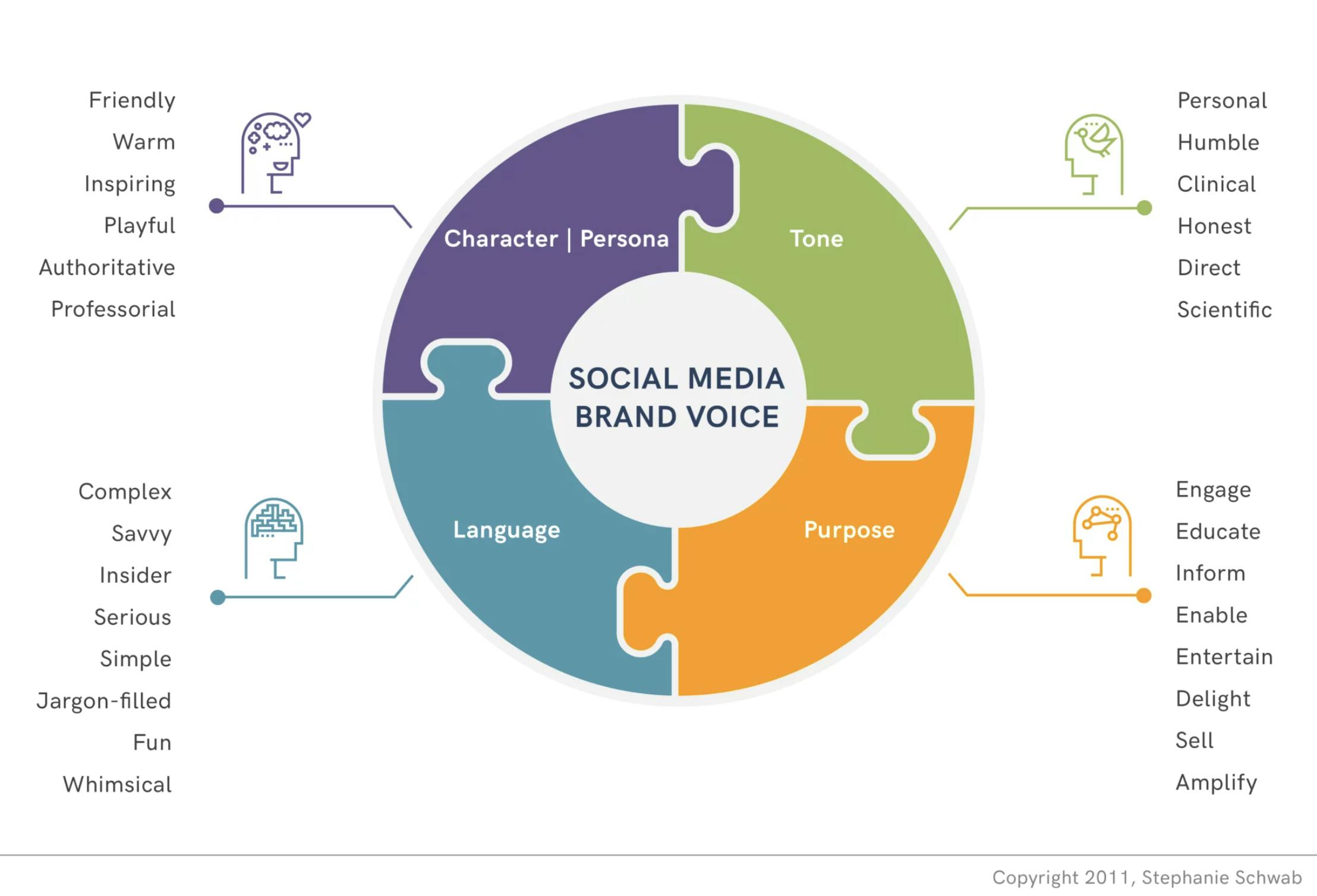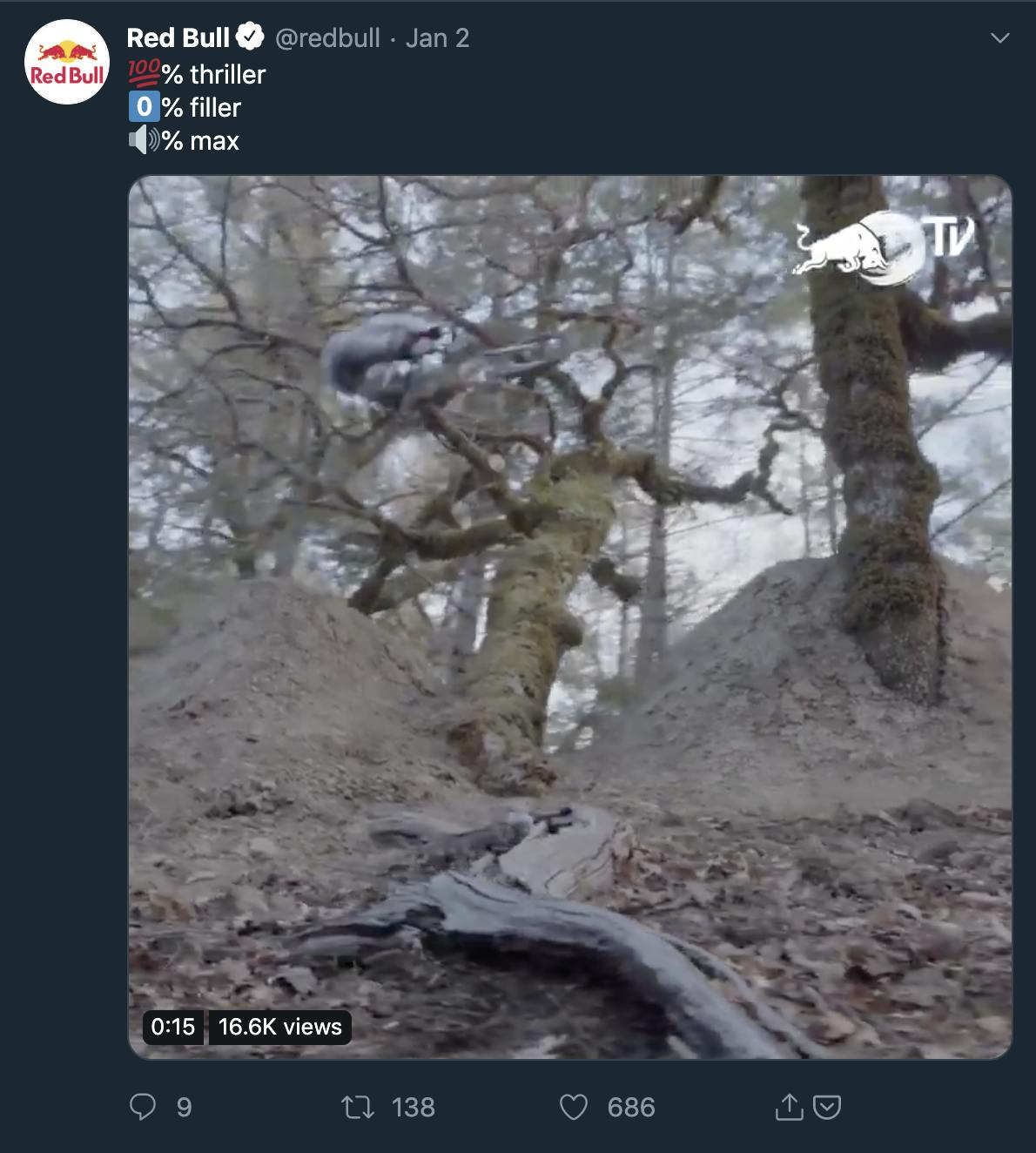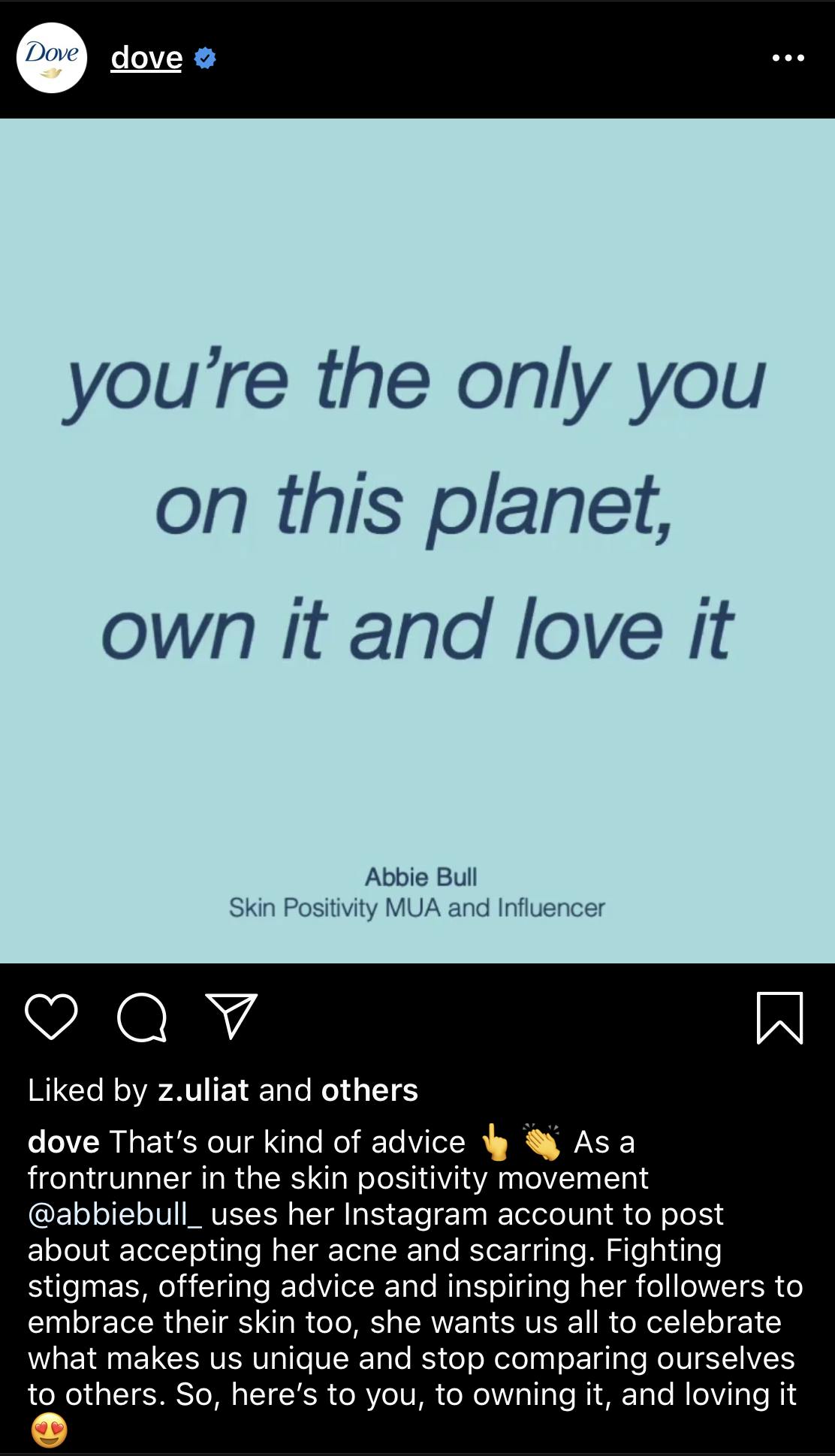
Social media has quickly become a primary tool in the modern marketer's toolkit and a key platform for developing brand identity.
There’s no question that branding has evolved through the ages. Back in the day you could whip up a logo, write a jingle, shout out a slogan and call it good. However, slowly but surely we have tacked on other ways to build a brand - the most recent being social media.
What is a Brand?
Before we dive into the nitty-gritty, let’s get down to the basics and define what exactly a brand is. According to our friends over at the American Marketing Association, a brand is a name, term, design, symbol, or any other feature that distinctly identifies one company's products from another. However, that’s all very surface level. A brand is so much more than how we visually perceive a product. It’s about the messaging, personality, tone of voice, and emotional drivers that consumers associate with your brand.
What is Branding?
No need to over-complicate this. See everything we said above that makes a brand a brand? Branding is essentially the act of developing a brand. It’s the strategy and work that goes into creating your logo, messaging, tone of voice - the whole shebang - and then implementing it. See? Easy Peasy.
How Does it Tie into Social Media?
Traditionally branding used to be focused on, well, traditional marketing. Packaging, print campaigns, broadcast media, newsletters, fliers - you get the idea. And while all of that still remains true, a new avenue has opened up to let brands truly shine: social media. In 2019 there were 3.48 billion people using social media, making it the perfect place to build and expose your brand.
So, let's dig into the basics of social media branding shall we?
Choosing the Right Platforms
In the perfect world, you would be able to expose your brand to all 3.48 billion of those lovely people we mentioned above, however, this is not the perfect world, and you do not have a 3.48 billion person target audience.
There are two things you need to consider when you choose your core platforms:
- Which ones will best help you build and showcase your brand
- Which ones will help you reach your target audience
For example, if you’re a software company trying to reach other businesses, then Linkedin would most likely be the best spot to establish your brand and engage with potential clients. If you’re a travel company that specializes in unique local tours, then Instagram, Youtube, and Facebook would be great platforms to help potential customers visualize your shareable experiences.
Create a Social Branding Guide
Logos
Some companies have one logo, some have a few different variations. Make sure your social profiles have one unified logo across all platforms.
Colors
Colors help provoke emotions, portray moods, and most importantly they trigger brand recognition. Choose multiple core colors from your brand's color palette that will be visually effective, versatile, and help create a distinct brand aesthetic. Work them into graphics, text, and backgrounds.
Fonts
It’s not just what you say, it’s how you say it. At first glance, it might not seem like fonts aren't that big of a deal, but it’s small details like this that pull your branding together. There are over 200,000 different kinds of fonts out there, and they all have their own little personality. Think about it. You wouldn’t see a law firm using Curlz as their predominant font. It’s far too cutesy and does not come off as even slightly professional. A better fit would be something much more traditional.
Now, all that being said, choose 2-3 fonts for your collateral. Keep note of which ones you prefer for headings, subheadings, and body text and stick with them. Remember - consistency is key here.
Photos
While this largely pertains to Instagram, all of your images should be in line across all channels. For example, if your brand image is clean and minimal then the images should reflect that. This can especially be said for the filters and any other manipulations you use for photos. We recommend having a set of filters of pre-sets that are on brand and used for all photos across social media to create a cohesive feed.
Tone & Language
Social media allows brands to engage with their audience directly on the daily - meaning there's always going to be a constant flow of communication. One thing to consider and take note of is your brands tone of voice. While your overall brand voice can be categorized into one adjective like "quirky", your tone adds a little more personality based on situation, and audience. The easiest way to conceptualize this is through Stephanie Schwab's four part formula:

Character/persona: Think of this as your brands personality - words you would use to describe your brand.
Tone: The best way to put this is what vibe your brand gives off.
Language: The words/slang your brand uses in social media conversations.
Purpose: This is the reason why your brand is on social media.
Define your Brand Personality
Your brand personality is your own unique persona. It makes it more approachable, genuine, and relatable in the eyes of consumers. If you’re not sure where to start here are some questions you can ask yourself:
- What words would you use to describe your brand?
- How do you want others to perceive your brand?
- Who would your customers love to hang out with?
- What kind of emotion do you want to evoke?
- What kind of behavior does your audience expect from your brand?
- How do people want to experience your product?
- If your brand were a human how would it speak?
The great thing about social media is that it gives you a platform to really show off your dazzling personality through direct conversation with your audience. Not only does this help with forming valuable relationships, but humanizes your brand even further. Here are some brands who’ve got it down:
Betches
This media powerhouse based out of NYC is basically the embodiment of that one friend who’s unapologetically outspoken and hilariously catty.

Red Bull
Sometimes we forget that Red Bull is just an energy drink that gives us the jitters. They’ve created an entire brand based on that heart pumping rush you get from a burst of adrenaline.

Dove
Dove is more than just a soap brand. It’s a brand that’s all about empowering women, promoting a positive body image, and building self-esteem.

Spark Notes
Spark notes has taken what it does best, summarizing classic literature in a more digestible way, and gone a step further by making these beloved books even more relatable to millennials through some choice, and dare we say hilarious literary memes.

The Takeaway
Social media has quickly become a primary tool in the modern marketer's toolkit. It’s opened up a new realm in which companies and consumers can interact with each other on a much more personal level, and has become a key platform for brand identity. With some strategy and a little leg work, your brand can become a social media powerhouse.

